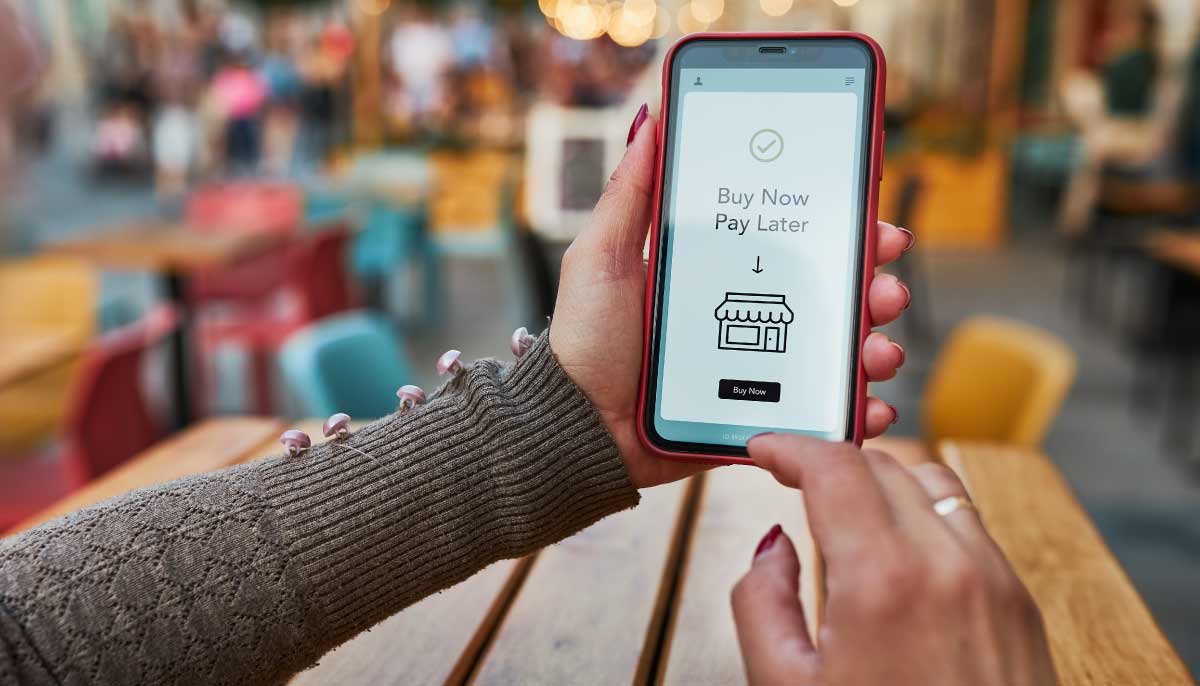
Buy Now, Pay Later… But at What Cost to Your Business?
In the bid to appeal to more consumers, retailers are increasingly turning to buy now, pay later (BNPL) options to promote consumer loyalty amongst their customer base. Whether online or in person, shoppers are being offered the chance to pay in interest-free installments. In 2022 services like ClearPay, Klarna, PayPal Pay Later, Afterpay, and Payl8r became popular. Klarna, for example, is used by 20,000 merchants in the UK, including ASOS and H&M.
BNPL services typically offer no-interest, short-term loans and sometimes charge no fees, even on late payments. Part of the growth of BNPL has been the ease and clarity of these loans, and the fact that online retailers are demonstrating they are mindful about their target consumer’s financial health, with people willing to stretch payments for relatively small purchases.
How does ‘Buy now, pay later’ work?
As of 2022, around 360 million people globally and more than 17 million consumers in the UK have used BNPL services. Electronics are the most common spend, with almost one third of BNPL shoppers buying items such as computers, phones, and TVs. Almost one quarter are purchasing luxury items such as designer clothing, jewelry and handbags, further emphasizing how BNPL schemes are making expensive luxuries seem more affordable. Additionally, high street fashion, beauty and lifestyle retailers are clearly keen to partner with BNPL providers to boost their sales. With many online fashion retailers such as ASOS, Boohoo and SHEIN accepting BNPL services, this is a popular way to afford clothing, especially for the younger generations.
BNPL options vary from provider to provider, but the retailer always receives the full amount at the time of purchase. Even though the customers’ payment agreement is with the lender rather than the online retailer, customers must notify both upon submitting a return or refund request. This must be done to avoid any additional transaction fee or interest, presenting a far more complicated process than they might have experienced when purchasing a product loan-free. Although the options offered by BNPLs can seem too good to be true, many customers have experienced trouble when it comes to returns and refunds due to the complicated structure of the associated policies, maximizing the risk of damaging consumer loyalty.
It is estimated that BNPL debt accounts for up to 30 percent of some online retailers’ sales. Retailers are paid upfront, while the BNPL provider carries the credit risk for a small processing fee and a slice of the transaction. This method provides retailers with all the rewards and none of the risks, in theory. Yet when it comes to returns, as mentioned previously, the process is often tricky and convoluted, resulting in both retailer and customer scratching their heads. According to PFS research, two-thirds (67%) of shoppers admit that they are put off a retailer entirely if the returns process is too difficult. Retailers could easily reject the idea of a BNPL, but as this additional service becomes more popular around the globe, it is no longer enough to only support payment by card online.
Risky business
With the ongoing cost of living crisis and recession predicted to last until the end of 2023, online retailers and brands are already struggling financially. Now add in the complications presented by BNPL which results in income being obtained slower than ever before. It should be noted that the BNPL consumer repayment method is not currently financially regulated, meaning customers have little protection in the event of any financial dispute.
At this point in time, merchants have a relatively safe opportunity to increase sales and gain new, younger customers with the BNPL services. Online retailers and brands should be aware that as this method of payment grows, so will the threat of fraud connected to it. They must stay up to date on anti-fraud prevention tools, be aware of news to avoid being caught off guard and, at the same time, offer their customers a new opportunity to spend more and leave satisfied.
Customer experience
Consumers have grown accustomed to refunds and returns being fairly simple when making a purchase with a credit card. With BNPL loans being a relatively new option in comparison, return policies vary from company to company. Online retailers and brands may also have their own rules for BNPL returns and whether goods bought online can be returned in-store. For example, shoppers must first request a refund from the seller and continue to make payments until the return is approved, with the funds then reimbursed within a set period. The hassle of a return policy has the tendency to negatively impact customer loyalty towards an online retailer, even if they have been associated with them for a long period of time.
Logistics and stock management
Although BNPL processes might be time-consuming to some on a financial/admin level, this doesn’t need to be true in the warehouse setting. Online retailers and brands must reimagine returns as an opportunity to reduce unnecessary touchpoints, waste and overhead while recovering more lost profits. In addition to reverse logistics considerations, they will also need to reconsider how to manage in-store and curbside returns for BNPL customers.
Consumers love shopping online, but they don’t always enjoy the online return experience. Online shoppers have come to count on not only free shipping, but free returns as well. Experts say retailers can expect, on average, about $158 billion of merchandise sold during the holiday shopping season to be returned. While some retailers are rethinking their eCommerce returns policies – shortening the return window or even charging a return or restocking fee – there’s a bigger picture to consider. BNPL purchases won’t work the same way because online retailers don’t manage the payment or the refund directly. To keep customers happy and loyal, brands need to create a process that allows in-store drop-offs while educating consumers about how to request prompt refunds through the third-party provider. Implementing the correct eCommerce returns strategy can improve product turnover as well as create transparency for customers making returns, with the hope of retaining their loyalty in the future.
Studies show the benefits retailers stand to gain by offering pay-over-time options to customers. These can include higher average order values (AOV) and conversion rates, along with lower cart abandonment and customer acquisition costs. The increased likelihood of repeat purchases and customer satisfaction can add more loyalty for a retailer.
As with any new solution positioned to advance customer loyalty, questions will naturally follow. Such is the case with BNPL yet the surging popularity and use of the system by several popular retailers, suggests that BNPL methods are here to stay.


